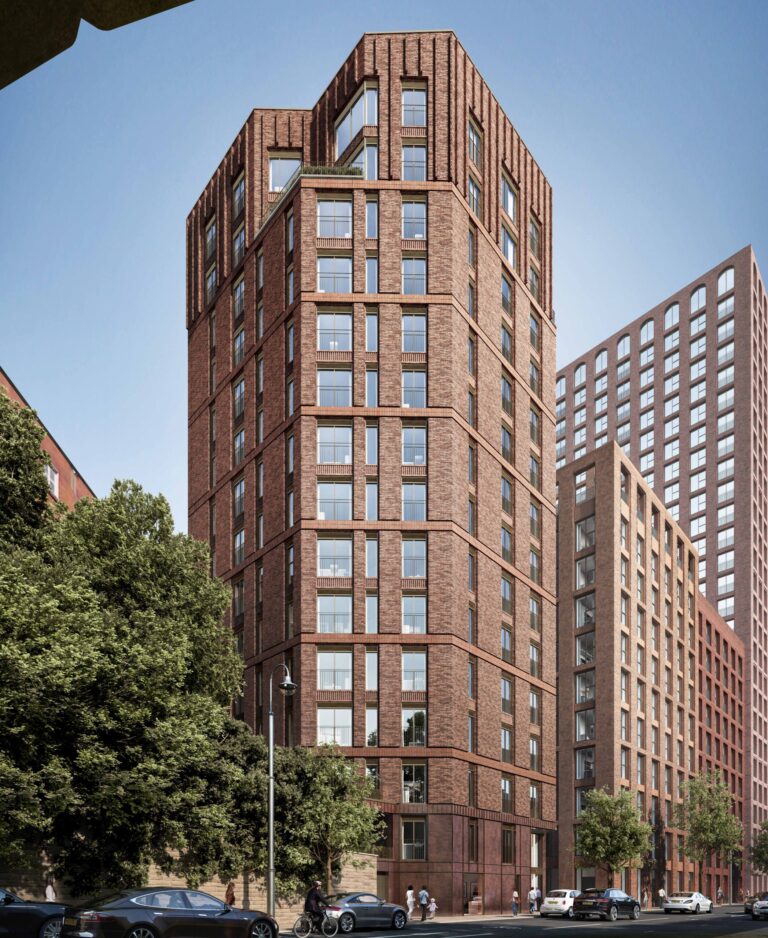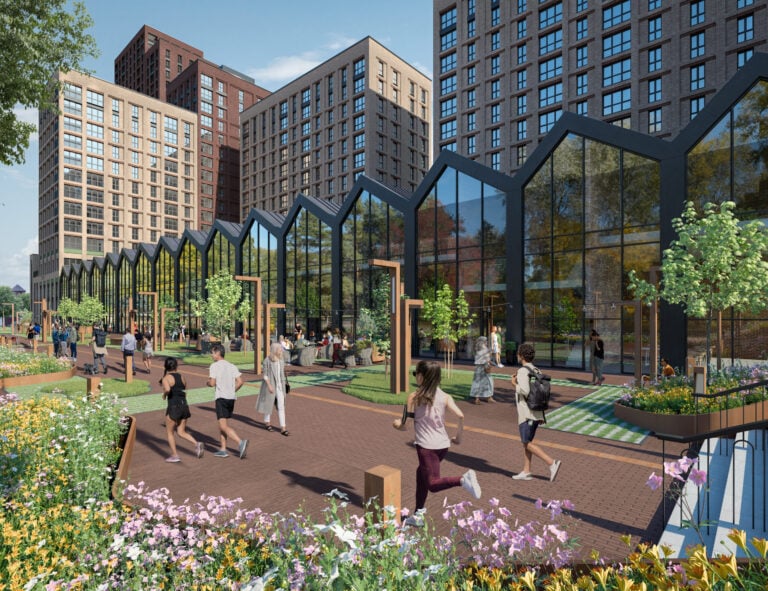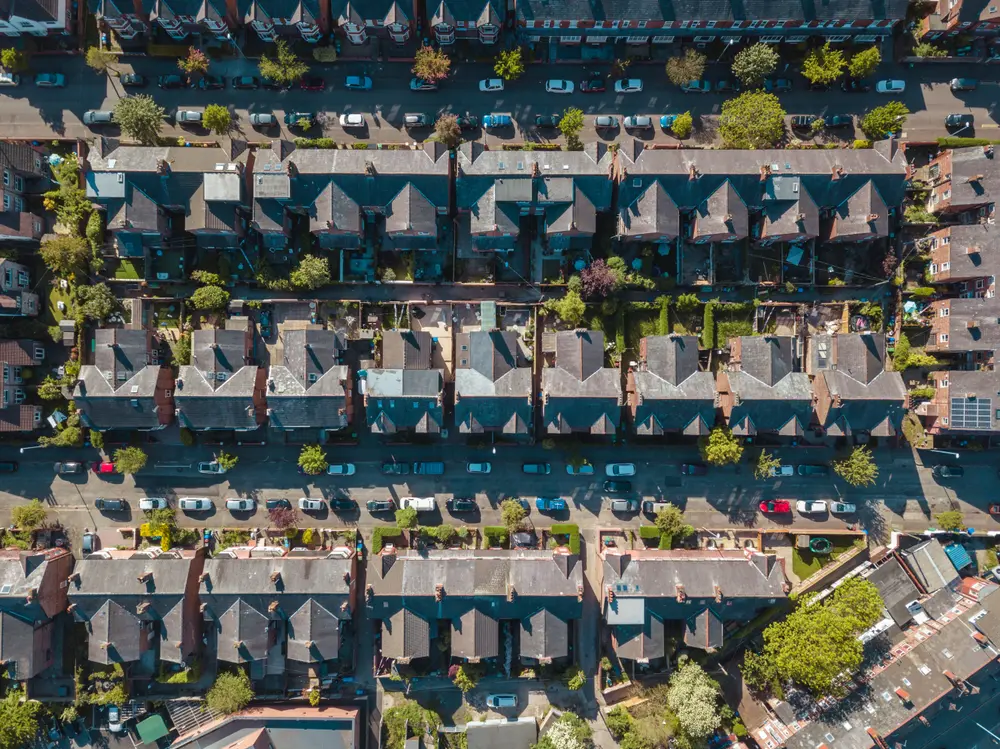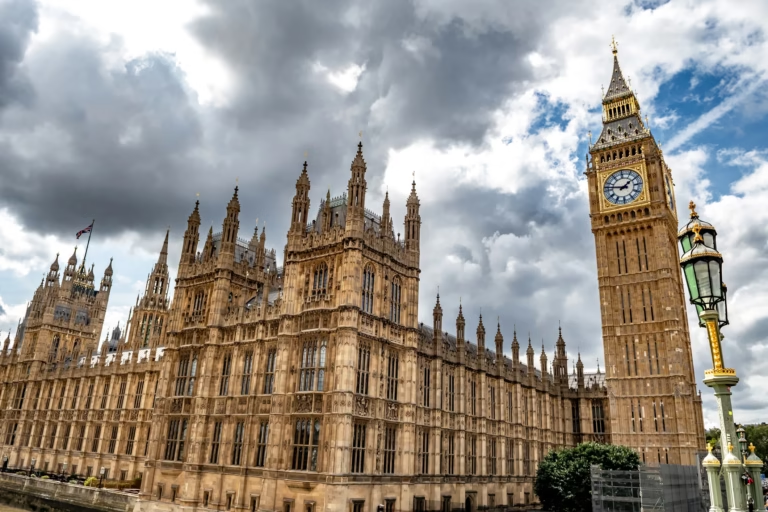There has been a major shift towards first-time buyers opting for cities over the past 10 years, while coastal areas have plateaued.
With a broader employment offering, enhanced amenities, and often better transport links, cities hold huge appeal for a wide range of buyers, but particularly first-time buyers.
New research from Rightmove has revealed that between 2015 and 2025, the number of prospective first-time buyers seeking to purchase their first home in a UK city has risen by 16% on average.
At the same time, the number of new buyers looking to make roots in coastal locations has remained completely flat, says the property portal. However, out of the areas analysed, prices have increased by 41% on average over the past decade, meaning cost is a big factor.
Another major influencer when it comes to property market trends was the pandemic, which hit right in the middle of Rightmove’s analysis. At first, this evoked a ‘race for space’ response among many buyers – as well as renters – where coastal and rural living surged in popularity.
This was coupled with a major shift in working patterns, where working from home became the norm. However, demand soon returned to city centres, alongside a move back to the office for many workers, although hybrid working models remain common.
Where are the city hotspots?
The research analysed the change in demand from first-time buyers for homes with between zero (studios) and two bedrooms between 2015 and 2025.
It found that two Scottish cities – Dundee and Edinburgh – took top spot with increases of +176% and +91% respectively in the number of first-time buyer enquiries.
This was followed by Doncaster in South Yorkshire, where new buyer demand shot up by 74%; and then Liverpool in the North West with a rise of +73% over the past 10 years.
Plymouth (+71%), Glasgow (+65%), Preston (+63%), Winchester (+51%), Newcastle (38%) and Newport in South Wales (+29%) made up the rest of the top 10 city locations for new buyers.
Colleen Babcock, Rightmove’s property expert said: “We’ve seen a number of changes to the property market over the last ten years. Perhaps most notably is during the pandemic, when many people temporarily left cities and looked to the coast or countryside.
“Comparing where we are now versus a decade ago, it looks like there’s even more appeal from potential first-time buyers to live in cities, though the data does show that it can vary quite widely from city to city, and it will also depend how first-time buyer friendly a particular location is in terms of the type of homes that are available for sale.
“Coastal areas haven’t seen the same level of growth as cities from this type of buyer, and again it may be partly due to the availability of suitable homes in these areas for first-time buyers as well as affordability.”
Changes for first-time buyers
There have been a few changes affecting first-time buyers this year that could prove a barrier to getting onto the property ladder for some, creating more impetus to choose more affordable locations and property types.
Back in April, the temporary stamp duty thresholds that had been put in place in 2022 were removed, meaning thresholds and rates reverted back to previous levels. For first-time buyers, this means stamp duty relief is only available up to a purchase price of £300,000, down from £425,000.
The Mortgage Guarantee Scheme, which allowed first-time buyers and home movers to use a 5% deposit to get onto the housing ladder, also ended on 30th June. This was a government-backed scheme that allowed lenders to offer 95% mortgages to eligible buyers.
This could also affect affordability for some buyers, and increase demand in the already popular cities where prices remain lower than average, and therefore less borrowing is often required.










